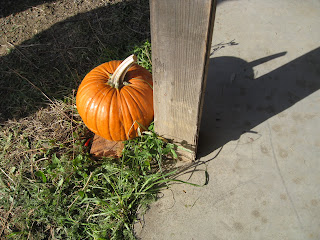Oh sure I love the luscious fruits and vegetables as much as anybody; the blowzy, plump, colorful tomatoes, melons, corn, and peaches. But I get the most satisfaction from growing plants that have a longer season and hang around when there is not much in the garden to eat. Greens and some of the heartier herbs are the plants I value most.

This bed of mixed lettuces has been providing crunchy salads for a couple of months now, and some of the varieties will survive through the winter. It is planted with a seed mix from Territorial Seeds, my favorite seed source. Here is how they describe the mix.
"Provencal Winter Mix
32 days. This famous mesclun salad blend is composed of 3 colorful, winter-hardy French lettuces-Continuity, Salad Bowl, and Brunia-as well as Roquette, Corn Salad, Treviso radicchio, Broadleaf Batavian endive, Dark Green Italian parsley, and Chervil. This makes a colorful salad mix as well as a wonderful summer garden landscape planting. Add pansies or violas for a celestial treat." And it's all true.

Also in this salad bed is celery that I started from seed in the spring. 2 plants provide me with leaves that are great in salads and plenty of stalks for soup stocks.
Parsley, chives and oregano have made it through the winters in my garden most years. I just loved being able to go out and grab just a handful or 2 of something, without having to go to the store and buy an amount that may be more than I need.
And then, of course there are my beloved greens, rapini, Chinese broccoli, and mustard greens. Mustard greens are on the menu tonight, along with

Yukon Gold potatoes, and Peruvian Purple potatoes, carrots, beets, turnips, Jerusalem artichokes, and garlic, all from the garden. I intend to roast them in the oven and serve with polenta. But I can't decide whether to call it
Small Batch, Artisan, Oven Roasted, Heirloom Root Vegetables, with Braised Mustard Greens, or Grits, Greens, and Spuds.











